Add some summer dazzle to a sunny balcony with these pot-loving beauties.
1. Garvinea Gerbera
Garvinea Gerberas leave the old fashioned varieties for dead!The Garvinea were developed from the more popular Gerbera jamesonii variety (also
called the Barberton daisy), crossed with the hardy Gerbera ambigua. The goal was to create a hardier plant, boasting a stronger root system,
resistant to frost that will flower non-stop for 3 years. BINGO!
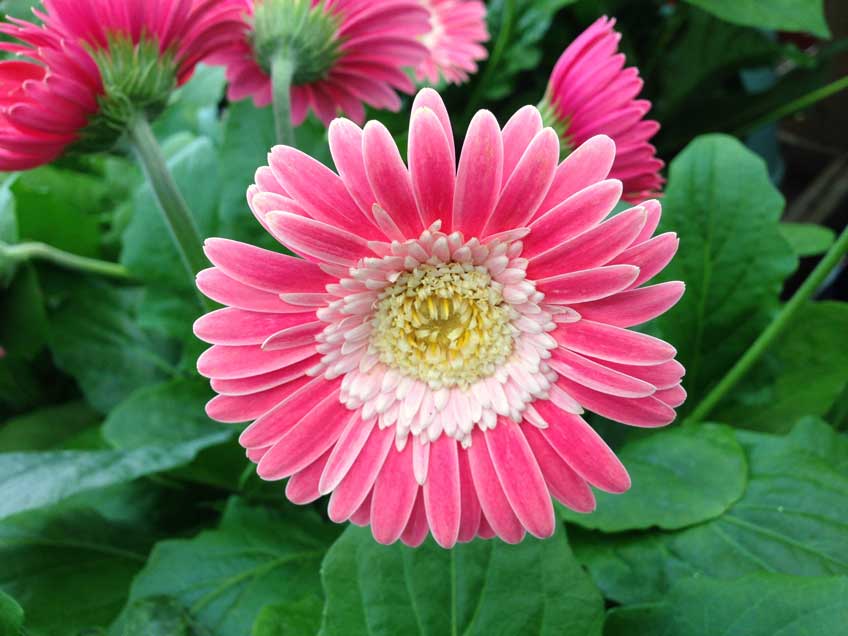
Garvinea Gerbera. Photo - Charlie Goodall/Shutterstock.com
2. Portulaca
Pick up pretty portulaca in punnets for loads of gelato-toned flowers colour for a small price. The rose-bud shaped flowers are long-lasting and the succulent
leaves mean they have lower water demands than many other annuals. Plant in well-drained potting mix in full sun for flowers on low, spreading plants
until the cold weather arrives.
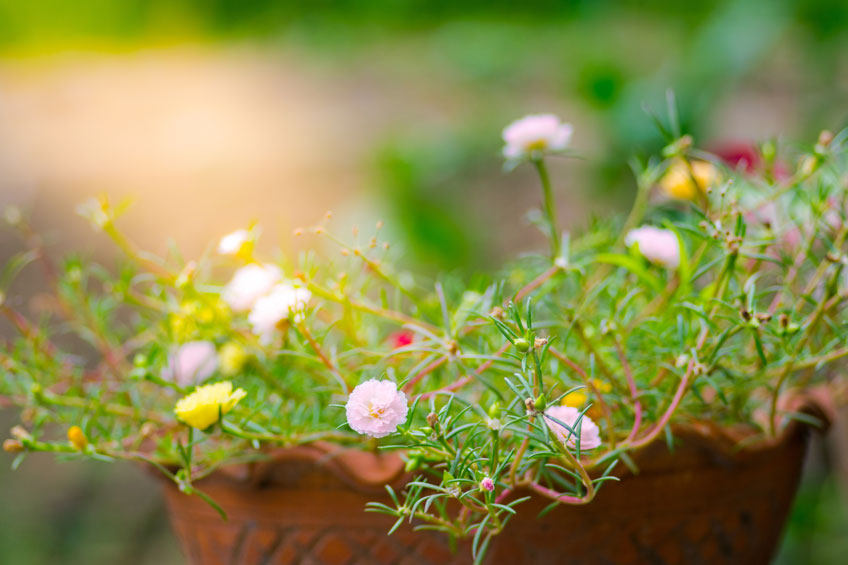
Portulaca
3. Nasturtium
The traditional orange is a favourite, but you can spice it up with unusual colours from your favourite seed suppliers. We like the lemon-centred pure
white ‘Yeti’ and ‘Alaska’, with splotchy leaves. Nasturtiums like a hot and sunny position and something to spill over or clamber up - we like a bamboo
wigwam. Young leaves and flowers are edible.
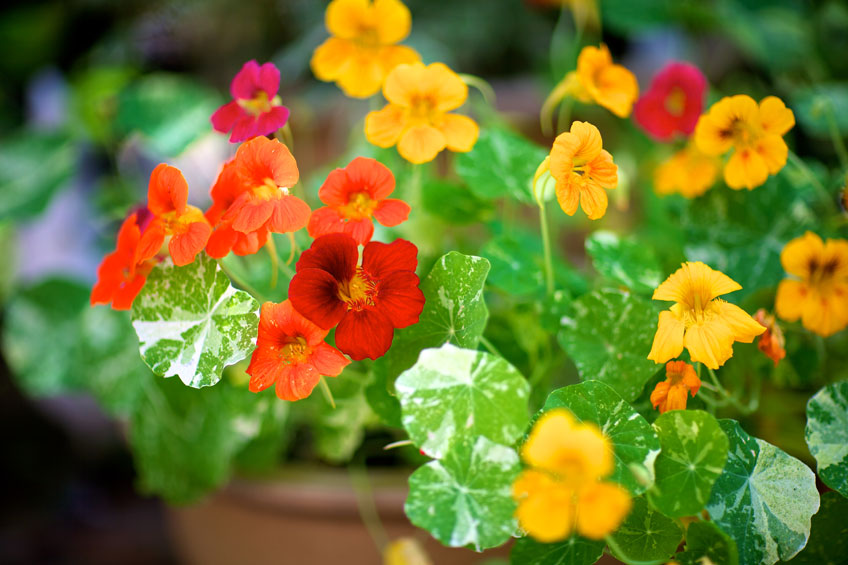
Nasturtium
4. Ivy leaved Geranium
The ivy leaf group of geraniums (which are actually pelargoniums but who’s counting!) are the geranium of choice for pots. They're happiest in full sun
in terracotta rather than black plastic pots, which can overheat and cook the roots. There are plenty of varieties to choose from, in a range of colours
and single or double blooms. We like ‘Gay Baby’, pictured, with clusters of burgundy-splashed white flowers on a dwarf, densely-leaved bush to 30cm.
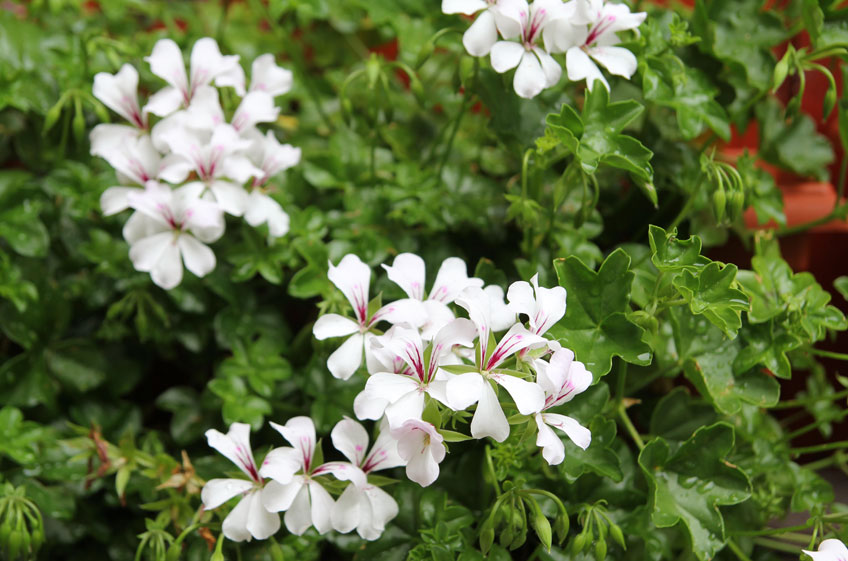
Geranium 'Gay Baby'
5. Dianthus
Dianthus is treasured for its blue-green foliage and abundant starry flowers, which often smell like cloves. Flowers appear in spring or summer and in
tones from white through pink and rosy reds to lavender, depending on the type. Plants range from tiny, creeping groundcovers to the taller shrubs
favoured by florists. They are commonly called ‘pinks’ which has a double-meaning: flowers are often pink in colour; and look as if someone trimmed
the petals with pinking shears.
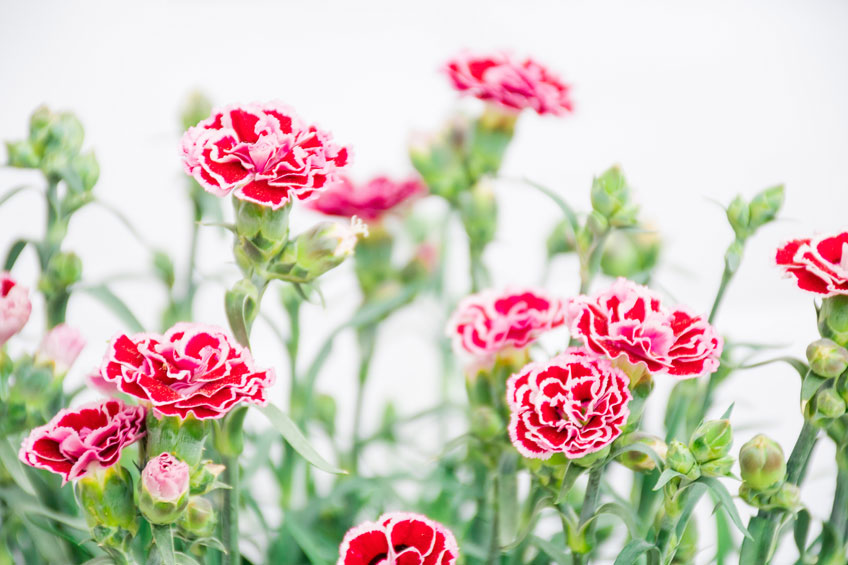
Dianthus
6. Petunias
Petunias can be grown in the garden or in containers, including hanging baskets. They need a position with at least six hours of sun a day and grow best
with regular water and the addition of a liquid plant food every two to three weeks. Buy them as seed, seedlings, small flowering pot plants (called
bloomers) or as flowering hanging baskets. Colours now come as singles, or with stripes, dots and splashes of contrast. For added fragrance, choose
the deep dark purple ones.
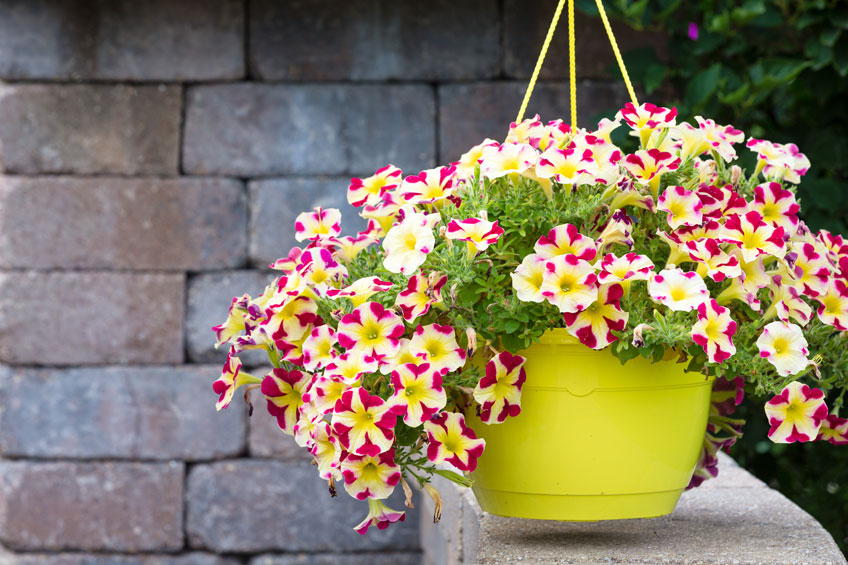
Petunia
7. Begonia 'Dragon Wings'
‘Dragon Wings’ begonias won an RHS Award of Garden Merit and we can see why. They are tolerant of hot and humid weather and their angel wing-like foliage
and clusters of dangling wing- shaped flowers look great all through the warm weather. Morning sun is preferred and shade is tolerated. Choose between
red and pink and grow them in the garden or in pots or hanging baskets.
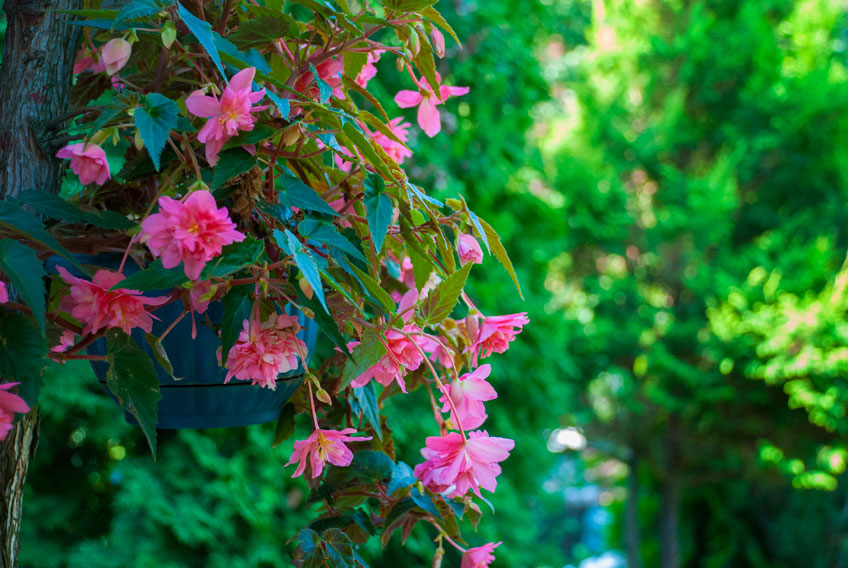
Dragon Wings Begonia
8. Calibrachoa
Easier to grow than to say (try it: Cala-bro-koa), this small and profuse flower excels in containers, hanging baskets and window boxes as the flower-starred
stems trail down. Great summer colour to jazz up your balcony. Dramatically coloured throats lure pollinators suck as bees into the garden. Look out
for Calibrachoa Bouquet 'Brilliant Pink' (Floriana).
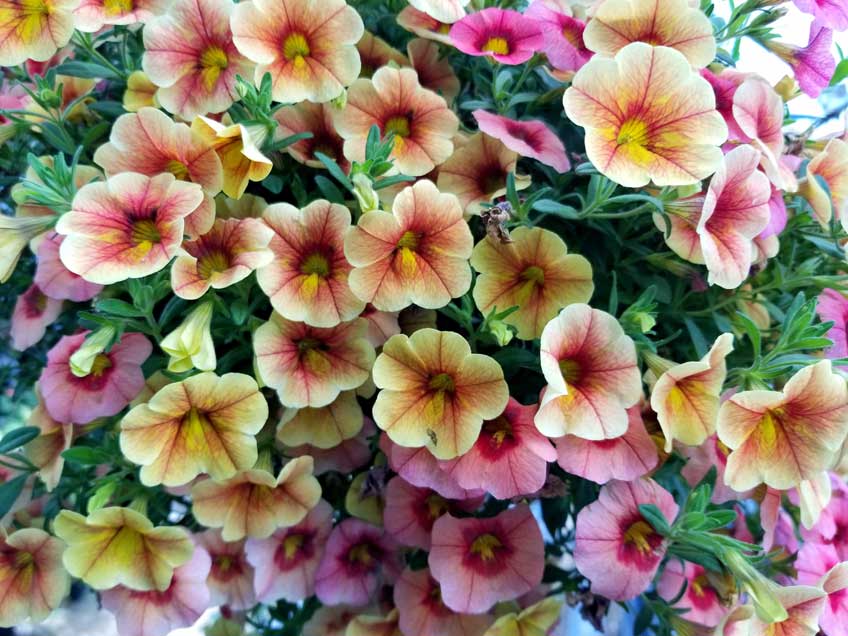
calibrachoa. Photo - Khairil Azhar Junos/shutterstock.com
Tips for better summer flowers
1. Encourage bushier, stronger plants by tip pruning them as they grow. Tip pruning simply means pinching out the soft tip growth with your fingers or
secateurs to encourage the pair of shoots below the tip to branch out.
2. Water regularly and add a liquid plant food to the watering can every two weeks.
3. Remove spent flowers to keep plants compact and encourage more blooms.
4. Summer annuals tend to die back towards the end of autumn. Remove them to make room for winter plantings. Perennial forms can be cut back at this time
and may regrow and re-flower in spring.